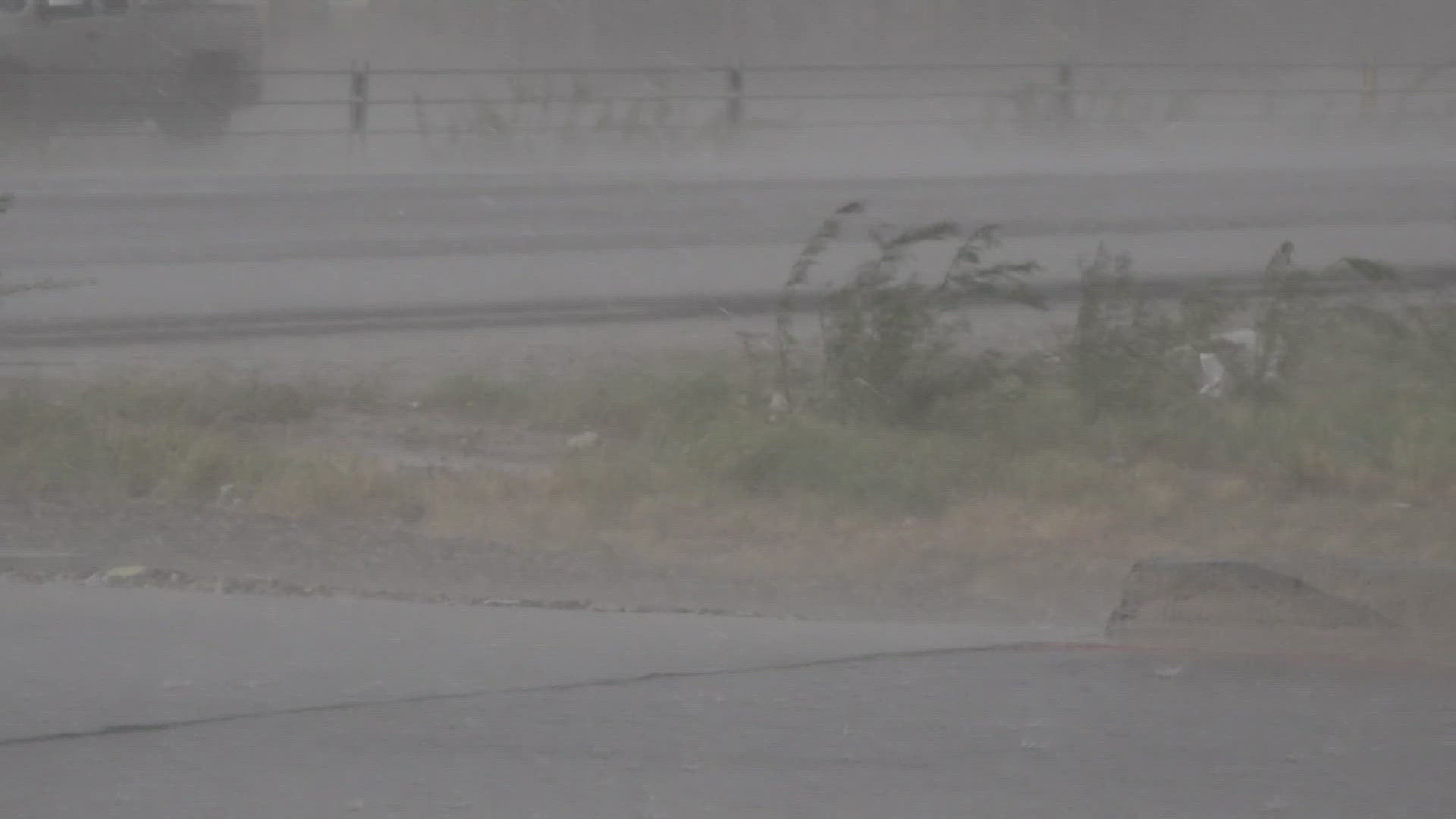TEXAS, USA — Parts of Texas are preparing for severe storms. In fact, Texas Governor Greg Abbott has instructed all state emergency centers to reach a certain level of readiness.
Anytime there is potential for a severe weather event, the Texas Department of Emergency Management (TDEM) prefers to be proactive versus reactive. This means certain measures are being put into place, so the community stays safe and informed.
Emergency teams are on high alert preparing for possible severe storms. They've been instructed by the governor to operate at a Level II readiness.
Midland Emergency Management Coordinator Justin Bunch said the levels of severity range from Level V, being a normal operation basis, to Level I, being in the middle of a full-blown natural disaster.
"A Level II is typically at the state level at least the State Operation Center (SoC) is going to be fully functional," Bunch said. "They'll be typically people from there, from every agency in the State of Texas."
The tier system ensures that necessary emergency equipment can reach people quickly.
For example, during the COVID-19 pandemic, the West Texas community experienced a severe freeze. Bunch explained that essential equipment was in Austin and San Antonio, which meant it took a lot longer to arrive in Midland.
Bunch also gave another example.
"Like last week we (West Texas) had the high winds," Bunch said. "There were Texas fire system apparatus fire trucks and stuff stationed throughout Texas. So we had I think some in San Angelo, so they moved them from other places to San Angelo to be closer here. Sometimes we'll actually get A&M Forest Service equipment here and stage them out of here."
Bunch said all disaster collaborations between TDEM and county resources start at the local level.
"We'll declare a local disaster which what that does is that tells the state that, 'hey, we've exceeded our resources, and we need some assistance,'" Bunch said. "They'll say there's any regional assets through their TxDOT, Texas Park Wildlife, anybody. If they can't fill it, they'll send it up to the State Operations Center. And if it's a federally declared disaster, if the state can't fill it, then they'll send it up to FEMA."
While emergency teams prepare for storms, there are things homeowners can do to prepare as well, like having an emergency kit.
"Everything for at least three, two to three days. You know, water, food, emergency lighting, medications, dog food, baby formula, anything you're going to need to sustain yourself," Bunch said. "So, if the power does go out or you have some sort of small issue at your house, you can handle it without having to call 911 because the more people that call 911 during those disasters, the more stressed our system is."
If the West Texas area does end up experiencing severe weather, residents are urged to use the Individual State of Texas Assessment Tool, also known as I-STAT. This helps state and local emergency management officials identify the number of damages that have occurred during a disaster.
Click here to fill out the I-STAT form.

